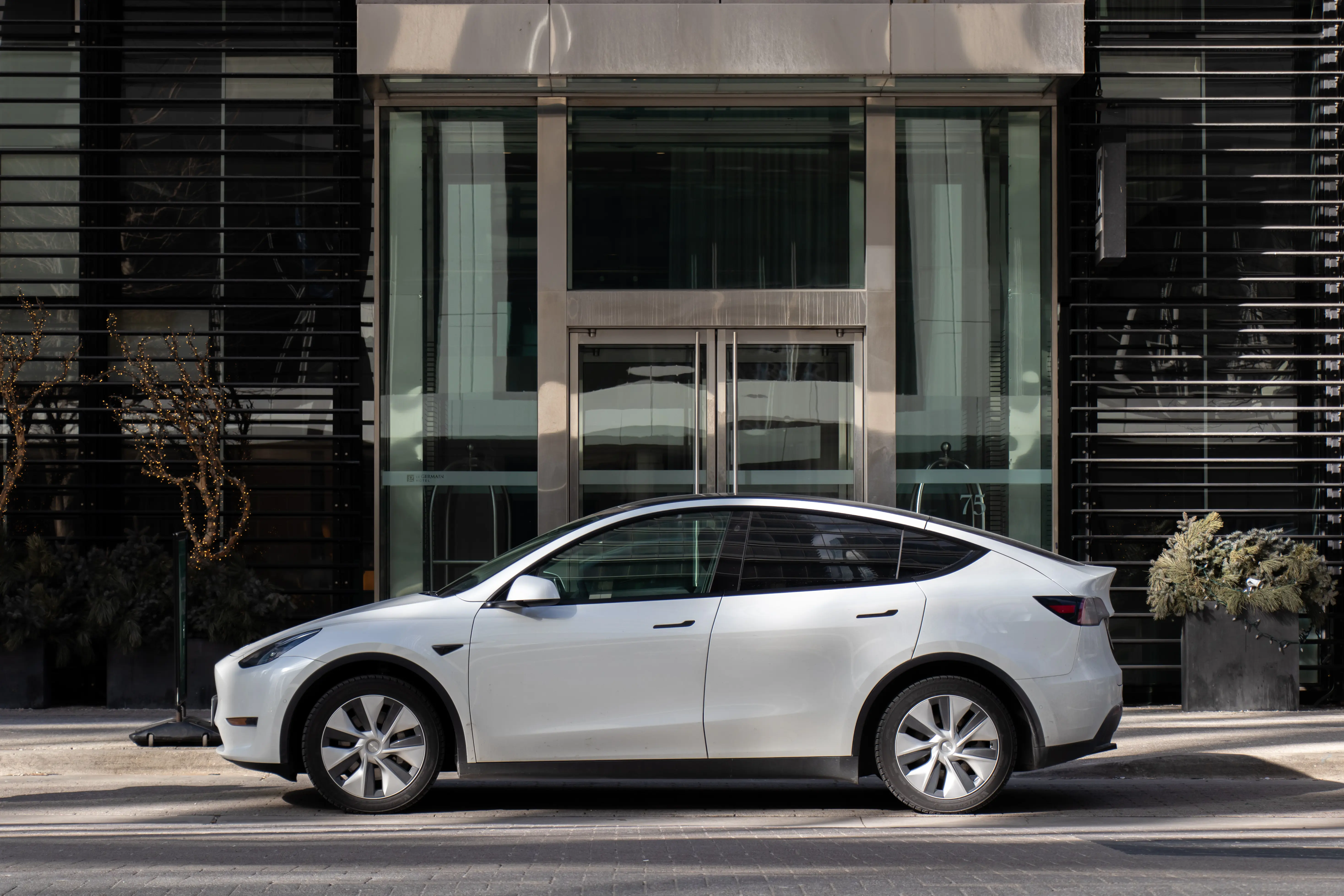Understanding the Braking Systems
The Tesla Model Y employs a blend of braking systems for optimal safety and control. These systems synergize to deliver efficient stopping power.
One standout feature of the Model Y is its regenerative braking. This system enables the vehicle to recover energy during deceleration. When you lift your foot off the accelerator or apply the Model Y brakes, the electric motors function as generators, turning kinetic energy into electricity. This energy is then stored in the battery, augmenting the overall energy efficiency of your vehicle.
Alongside regenerative braking, the Model Y also makes use of traditional friction brakes for situations requiring more potent braking or when regenerative braking alone falls short. These friction brakes incorporate cutting-edge technologies such as electronic brakeforce distribution and regenerative braking blending to maximize braking performance and ensure a smooth, controlled stop.

The Tesla Model Y brakes offer multiple advantages. Regenerative braking extends the vehicle's range by utilizing energy that would otherwise be lost. This not only boosts efficiency but also reduces wear on the friction brakes, leading to a longer brake lifespan. Furthermore, the transition between regenerative and friction braking in the Model Y is seamless, allowing for a smooth and comfortable driving experience. The combination of these two systems enables precise control and responsiveness, bolstering road safety.
In a nutshell, Tesla Model Y's braking systems brilliantly merge the benefits of regenerative and friction braking to deliver unrivalled performance, efficiency, and safety. Whether you're traversing city traffic or cruising on the highway, you can count on the advanced braking technology of the Model Y for dependable stopping power.
Delving Deeper into Regenerative Braking
Regenerative braking is an innovative technology integrated into the Tesla Model Y that significantly enhances both energy efficiency and braking performance. This system captures and converts kinetic energy into electrical energy, which is then stored in the vehicle's battery for future use.
But how does regenerative braking work in the Tesla Model Y? When you ease off the accelerator or apply the Model Y brakes, the electric motor turns into a generator. As the wheels slow down, the motor converts their spinning energy into electricity, which is then fed back into the battery. This process not only recharges the battery but also considerably reduces wear on the traditional friction brakes.
Regenerative braking offers benefits that go beyond energy efficiency. By harnessing this technology, the Tesla Model Y can extend its driving range and lessen the need for regular recharging. This is especially beneficial for electric vehicles, enabling longer journeys without numerous recharging stops. Additionally, regenerative braking minimizes the heat generated during braking, enhancing brake pad lifespan and reducing maintenance costs.
From a driving perspective, regenerative braking in the Tesla Model Y delivers a seamless and responsive experience. The shift between regenerative and friction braking is virtually unnoticeable, ensuring smooth and controlled deceleration. This technology offers improved speed control and contributes to a more comfortable and enjoyable ride.
For maintenance on your Tesla Model Y’s brakes, make sure to check out your nearest NexDrive service centre, where our EV trained technicians will be ready to help you out.
Find a NexDrive Facility








